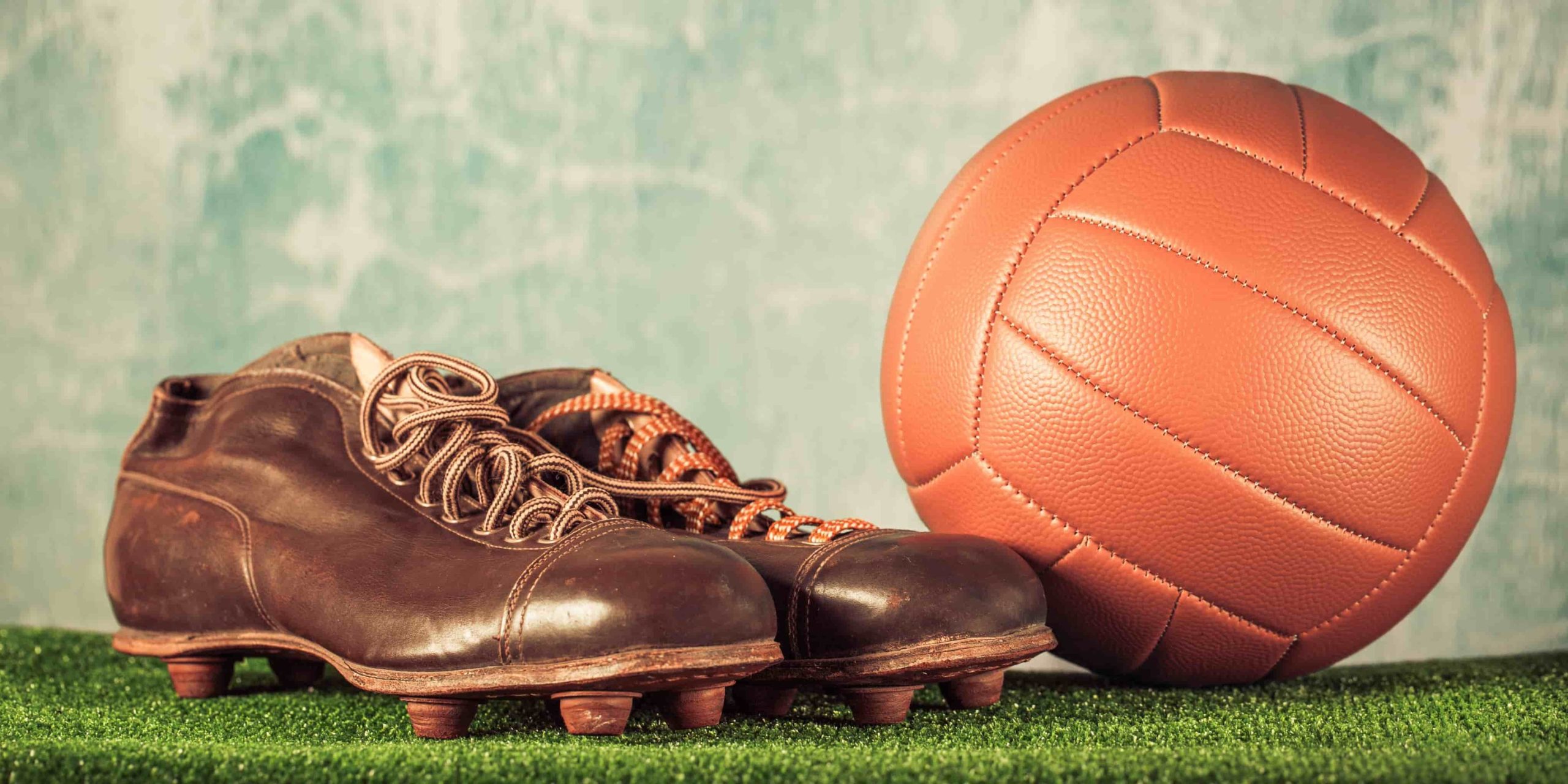– Cleats metal spikes;
– Cleats with leather spikes;
– Cleats from Northern Europe with a high top;
– Latin American Cleats with a low shaft;
The first Cleats were massive, with long lacing. The outsole has been reinforced with metal studs to increase grip on the ground.
In 1863, the Football Association banned such Cleats: spikes increased the risk of injury during the game.
In 1891, the football rules were changed to allow the use of spikes, provided they were made of leather and did not protrude more than half an inch (1.27 cm).
Gradually, the static spikes nailed to the sole were replaced with practical removable ones.
In Northern Europe, they made Cleats with a high top that protected the foot from mud and possible injuries on often wet fields with heavy ground.
In Latin America and southern Europe, football players preferred low-cut shoes. In the second half of the 20th century, such Cleats, more comfortable and lighter, began to be mass-produced.
Large companies introduced their own developments into the production of football shoes. For example, Nike began releasing Cleats with lightweight carbon soles – they weighed only 185 g.
The farther, the lighter the Cleats became: in 2009, the Puma v.1 815 Ferrari, (165 g), and in 2010, the Puma v.1 SL (150 g), appeared. The lightest model at the moment is Adidas Adizero (99g).
Modern Cleats are lightweight, provide excellent contact with the ball and the surface of the field and allow you to run fast during training and matches. They are made of natural (calf, kangaroo) and synthetic leather, as well as microfiber.







